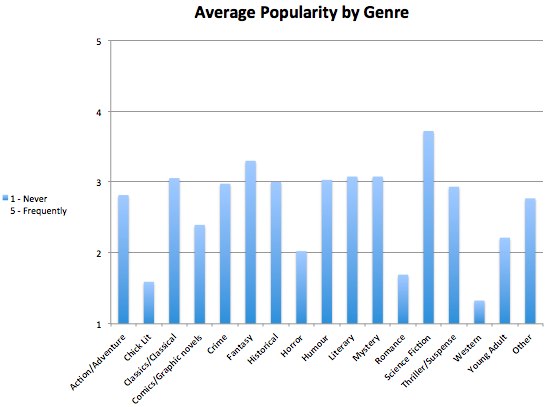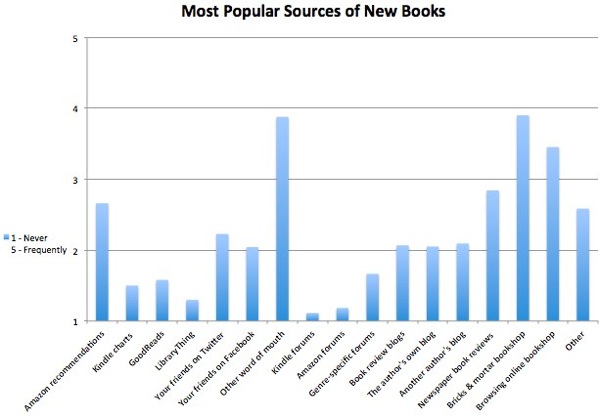This is Part 3 in my series of blog posts looking at the lessons I learnt doing a Kickstarter project. See also Part 1: Don’t Go Off Half-Cocked and Part 2: Rewards.
Budgeting. For many people, budgeting is the worst part of any project. The tedium of researching suppliers, figuring out numbers, minimum runs, working out overheads, it’s all a massive pain in the neck. It’s also utterly essential if your crowdfunded project is to make, instead of cost, you money. So here are a few tips for making budgeting easier.
1. Use a spreadsheet
I’m in the middle of working out budgets for Queen of the May, which means that I have a spreadsheet with all my costs in one sheet, and three other sheets with my reward levels and backer projections so that I can see how many people I’ll potentially need to reach different targets. The sheets are interlinked so as I refine my reward costs, that’s reflected in my projections. It’s relatively easy to do that in programs like Excel, so if you don’t know to do formulae in spreadsheets then now is a good time to go and find out.
2. Use scenarios
You should explore difference scenarios in your spreadsheet. How many rewards do you need to sell in order to meet your goal? What would happen to your numbers if you saw runaway success? How would that affect the number of rewards that you’d need to make or have made? How would that affect fulfilment and admin costs? If you don’t know what will happen in different scenarios you open yourself up to problems.
3. Know your reward costs
It can be difficult to pin down reward costs without precise order numbers, but you have to do your best. You need to know how much each reward costs so that you set your prices at a level higher than your expenditure. That might seem blindingly obvious, but it’s far too easy to set the reward levels at what you think people will be willing to pay, rather than what you need to earn to make the project at least break even. A miscalculation on your reward costs can end up losing you money, so be very careful.
4. Remember P&P
Don’t just run the numbers on your materials. You need to know the cost of packaging and postage as well, which means knowing how you are going to send your rewards out. In a box? A padded bag? Wrapped somehow?
Many crowdfunded projects ask international supporters to add a certain amount for the extra postage, so make sure you know how much that is. However, please do tell what you mean by ‘international’! You can’t assume that everyone knows where you are.
5. Understand your minimum runs
For many items that you could be ordering, there are either minimum runs or short runs become very expensive. You should know exactly what minimum runs are and how much they cost. Don’t do your calculations purely on the pro rata cost per item.
For example, if you’re buying postcards and the minimum run is 100 for £50, then even if only one person selects the postcard reward you’ll still have to shell out £50.
6. Don’t forget fixed costs
Once you’ve calculated the costs of your rewards, you need to calculate your fixed costs, ie ones that don’t go up depending on how many rewards are ordered. This is stuff like design costs, prototyping costs, or software. Just like your minimum run costs, these costs won’t go down, so you need to make sure that your goal covers them.
7. If you can’t cost something, set a limit
Sometimes it’s impossible to figure out an exact cost. For example, I can’t get a cost for the leather-bound editions of Queen of the May without knowing how many have been ordered and exactly what the design is. I won’t know that until the project is funded and the design completed, so instead, I have set a limit which I won’t exceed. I know I can get them made for less than that limit, but exactly how much they will cost will remain up in the air until the project is funded.
8. Wages
If you want to work on your project full time when your fundraising drive is complete, you’ll want to factor in wages. This does mean having some idea of how long things will take, which is tricky estimate accurately, and then figuring out how much you need to cover your wages for that period. Be generous in your estimates as it’s only too easy for things to take a lot longer than anticipated!
9. Leave some wiggle room
You’ve carefully worked out reward costs, know your minimum runs, understand your fixed costs and have set limits for rewards you can’t cost properly. Sadly, it’s almost certain that you’ll forget something! It’s important, therefore, to leave some room between your combined costs and the reward levels you set in Kickstarter. This wiggle room gives you a cushion in case costs go up unexpectedly, or in case you underestimated something.
With Argleton, my printing costs doubled because the paperback book had to be stitched as well as glued. Luckily, although I hadn’t costed this in, I had over-funded and so had a bit of spare cash. Wiggle room isn’t a luxury, it’s an essential.
As tedious as it is, working out your budget in detail will help you avoid nasty surprises once your fundraising drive has completed. Once the money’s in, you are committed to providing the rewards you have promised, whether you are covering your costs or not. Don’t let a small miscalculation turn your project into a white elephant.
{ Comments on this entry are closed }











